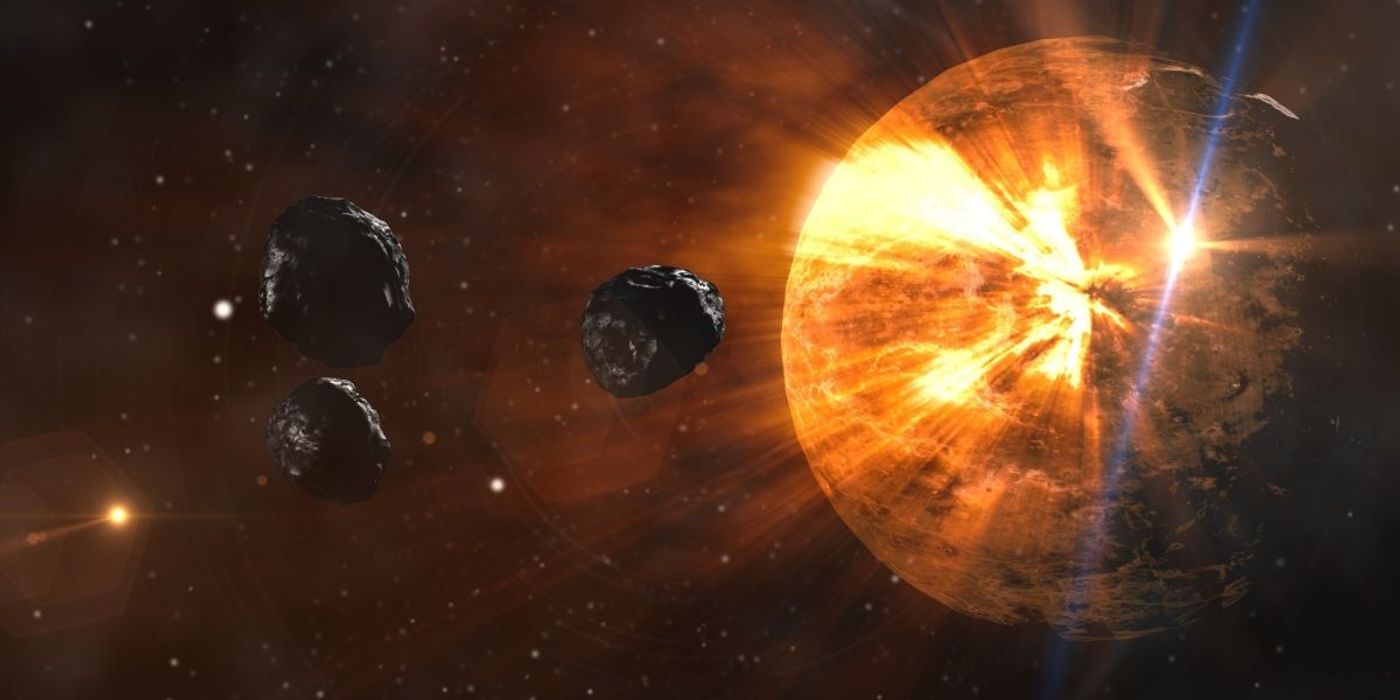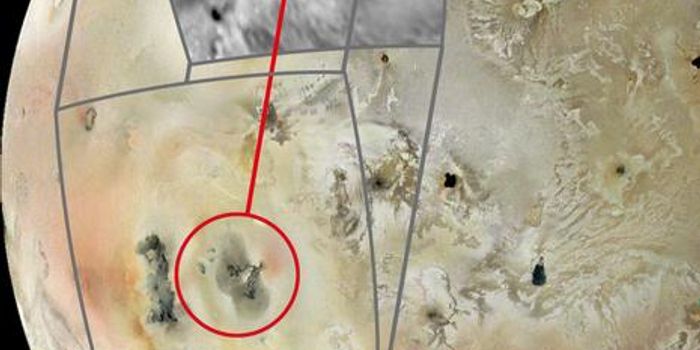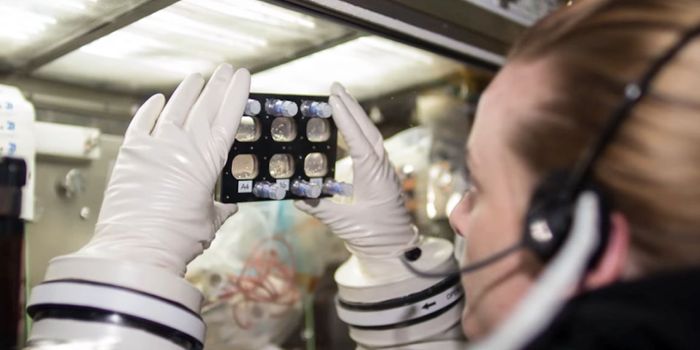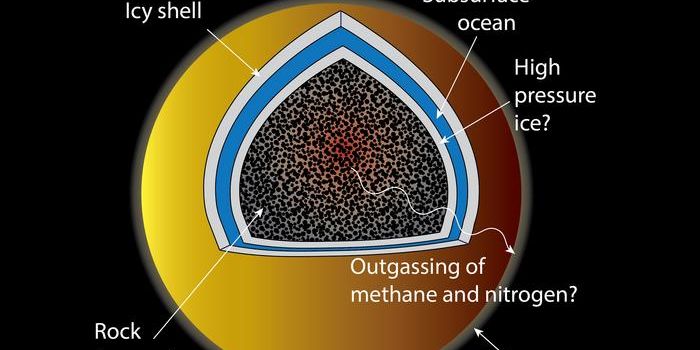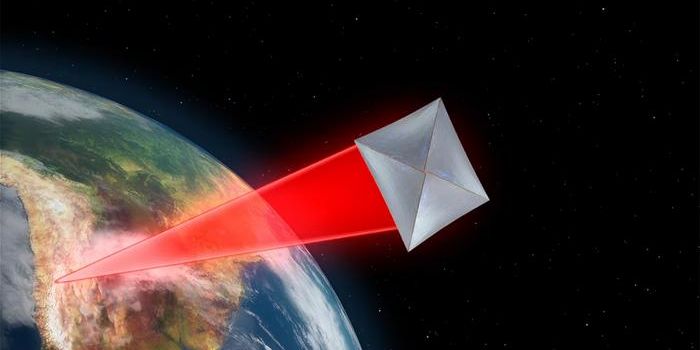Did Heat from Asteroids Provide the Building Blocks for Life on Earth?
Researchers from Kobe University in Japan have found that heat generated by the impact of small astronomical bodies could enable aqueous alteration (when minerals inside a rock change due to a chemical reaction with water) and organic solid formation on the surface of asteroids. This, they say, could increase the number of prospective astronomical bodies capable of bringing water and other building blocks of life to Earth.
It is generally thought that water and organic substances arrived on Earth from a comet or asteroid impacting the planet. While organic substances that have experienced aqueous alteration have been found in meteorites, the heat source for the chemical reactions that lead to aqueous alteration and organic solid formation inside asteroids has remained unknown.
Recently, a theory has gained attention involving the possibility that the impact heat generated when a small astronomical body hits an asteroid may be a possible heat source for these chemical reactions. However, up until, there had been no studies to investigate this theory.
The researchers in the present study aimed to change this with their recent investigation of the relationship between the impact heat generated on an asteroid and the impact’s characteristics. To do so, they used gypsum (a soft sulfate mineral made of calcium sulfate dihydrate) to imitate an asteroid and accelerated projectiles towards it at high impact velocities of between 1lm/s to 5km/s using the university’s two-stage horizontal gas gun.
Multiple thermocouples were set in the gypsum target to measure the temperature changes after each impact. Throughout the experiment, the researchers varied the size, density and impact speed of the projectiles, as well as the position of the thermocouples, to understand the differences in heat duration according to the characteristics of each impact.
From their experiment and subsequent calculations, the researchers found that aqueous alteration could happen if a crater with a radius of over 20km was formed within 2 astronomical units (the distance between the center of the Sun to Earth) from the Sun. They further predicted that a smaller crater of 100m radius on an asteroid within 4 astronomical units of the Sun (the location of most asteroids) could heat up to 100°C, and thus support organic solid formation.
The researchers also noted that if a crater with a radius of over 1km is formed within 2 astronomical units of the Sun, its circumference could heat up to 0°C, also a sufficient temperature for organic solids to form.
The research team now hopes to examine samples returned from asteroid exploration missions. Any samples containing aqueously altered minerals or organic samples could provide evidence of the effects of impact heating.
Sources: EurekAlert, Nature
